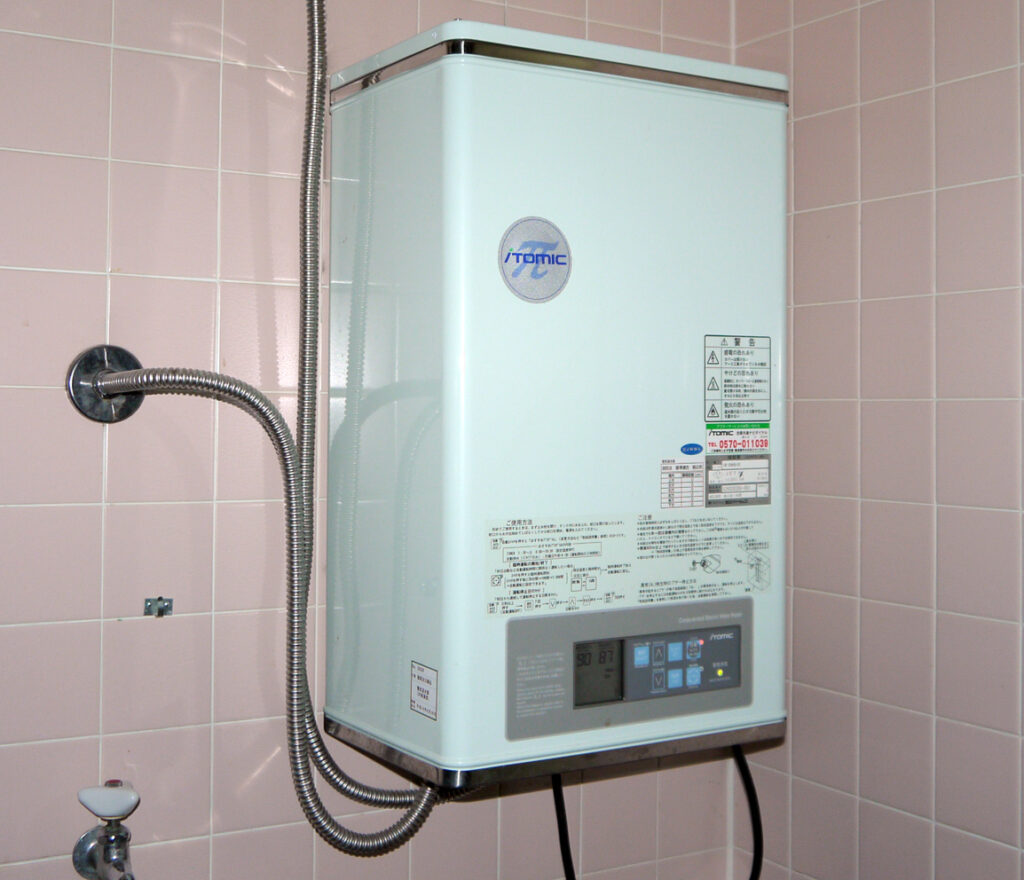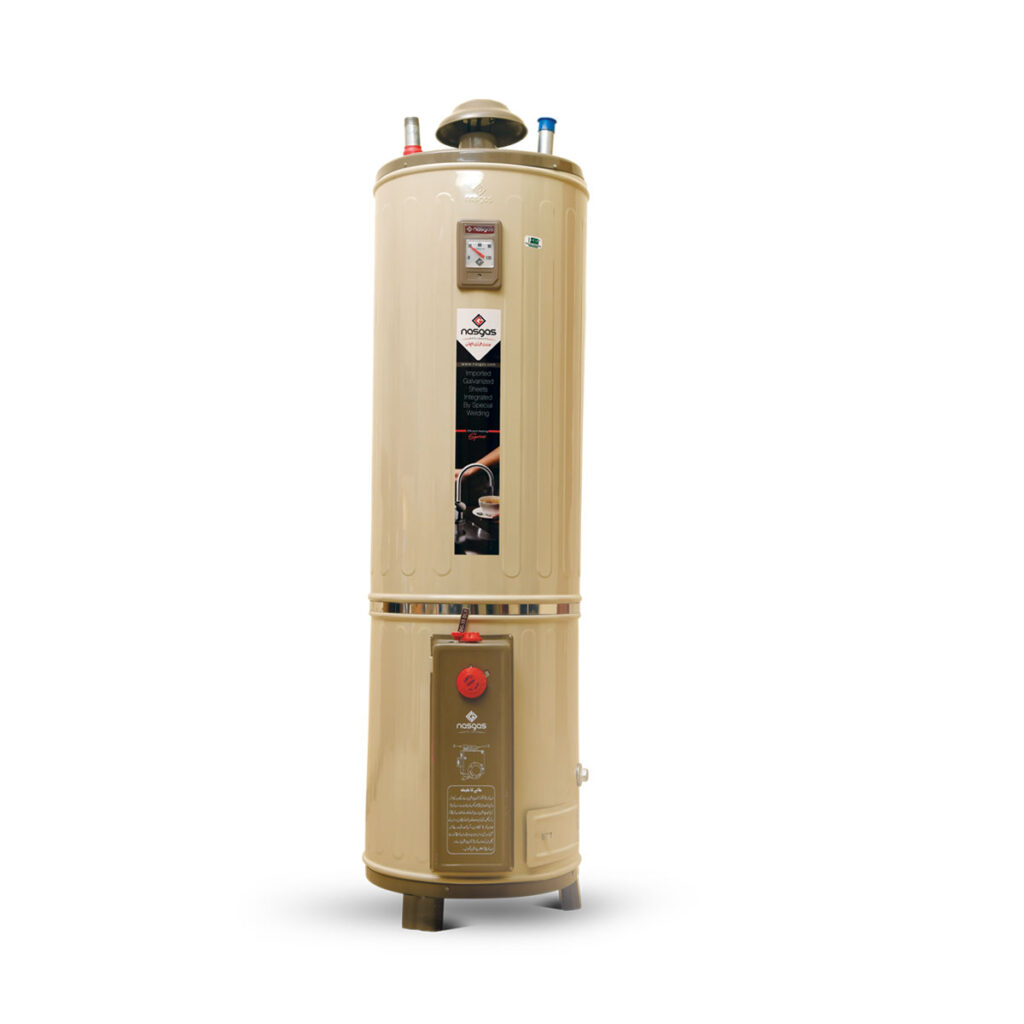Introduction
Water heating is a process that converts energy into heat. An instrument that continues to supply hot water is called a water heater. The insulating water heater is an easy way to improve energy and cost. Insulating hot water tanks will reduce their lost heat, making them more efficient and cheaper if your water tank is older.
Then check to see that its R-value must be 24. Some local companies do not allow insulating water heaters; also, manufacturer companies disclaim any problem after installing insulation blankets.
How to insulate a Hot Water Heater?
Below we discuss all the steps that involve while you insulate the water heater:
- Collect all Materials
Before insulating the water heater, first, collect all the materials you need to protect the water heater. For insulation, you must need gloves, electrical tape, a dust mask, scissors, and a marker. Some energy companies sell insulation blankets to attract you to buy a water heater.
- Turn off Water Heater
If your water heater is warm from the outside and you want to insulate it wait to cool down its temperature. Make sure to switch off the circuit’s heat before beginning the process. Put the circuit breaker in “off” mode for an electric water heater. Before covering your water heater, if it is gas, turn the gas line to the “pilot” position.
- Measure the blanket
Measure the thickness of the insulation blanket up to the water heater’s top. Make sure there is space for the exit to release gas if the water heater is gas. Make sure not to cover any of the controls for the heating element, such as the outlet pipe and the relief valve, if the water heater is electric.
Once the size is determined, wrap the insulating blanket around the heater and mark it with a marker. Using plastic tape, cut the blanket to the suitable dimensions, then wrap it around the water heater.
- Turn the Power on:
your water heater is insulated and ready for use, turn on the circuit to enjoy the warm water. You can take many simple steps to increase your home energy efficiency: insulating your water heater.
Before you Start the Water Heater

Ask your utility whether they offer water heater insulating blankets at a sensible rate. Even installation of water heater in a very small cost. Check to see if your water heater has any leaks. Consider insulating the area surrounding the tank of an electric water heater.
A bottom board with ridges can help prevent heat loss through the floor and could result in extra energy savings of 4% to 9% for water heating. The ideal time to complete this procedure was when a new water heater was installed.
Cost of insulating water heater
The estimated cost of insulating the water heater is $89.88 – $165 per blanket. The actual cost is determined by the conditions and the size of the blanket. These costs include materials or equipment, services provider, and transportation. This cost also includes preparing the worksite of water heater insulation, finishes, material, and components.
Read More: A Detailed Guide About How To Reset Honeywell Thermostat?
Materials for Insulating Water Heater
Modern hot water cylinders are insulated adequately because they are fitted with hard foam. On the other hand, older cylinders could benefit from insulation to stop heat loss. This insulation is a hot water cylinder jack, frequently constructed of recycled fiberglass covered with PVC. The best materials for piping insulation when it comes to electric water heaters are polythene or neoprene foam.
Is insulating the Water Heater is Tough Choice?
The most effective method for insulating a water heater depends on some factors. The location of your water heater should be taken into consideration initially. The temperature difference between the water in the tank and the outside air affects how soon standby loss happens.
You might not save much money by insulating your water heater if it is in a hot inside room or another area of your house. Insulation benefits water heaters located outside, like in garages or cold basements.
Try to feel the outside of your water heater tank to see if insulation would be beneficial. If the tank is warm to the touch, heat is leaving, and extra insulation may be an efficient choice. Cool tanks come with excellent insulation.
Temperature Setting
After insulating the water heater, you should lower the temperature. As a result, efficiency will rise and the cost of energy will drop. Most manufacturers set the temperature on a high level that is much higher than you need. You should set the temperature not higher than 130 or 120 degrees is fine for most households.
Conclusion
If you’re looking for ways to reduce your energy costs this winter, you might think about insulating your electric water heater. An uninsulated water heater may increase your overall energy costs, especially in the cool winter. Storing hot water in an insulated tank is a practical approach to saving energy and supplying home hot water on demand.
FAQ’s
- Is insulating the hot water tank essential?
Insulating your water heater can lower standby heat losses by 25%–45% and lower your water heating expenditures by 7%–16%. A gas water heater loses heat through the vent, according to the consensus of most experts.
- Do modern water heaters need insulation?
Most modern tanks don’t require additional insulation. Check the R-value on your hot water heater’s sticker if you’re unsure whether to wrap it. This value represents how well your tank’s material prevents heat flow.
- How do you insulate an external tank with less water heater?
There are often two options. You can use heating wire and pipe tape, a material designed specifically for plumbing pipes that are similar to wall insulation or pipe insulation. This material is similar to wall insulation. Ensure the pipe insulation binds well to the plumbing pipes before applying the insulation materials.



